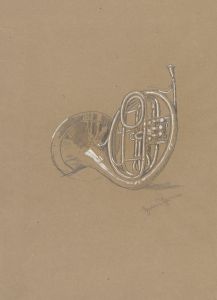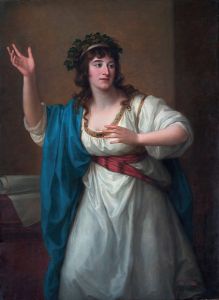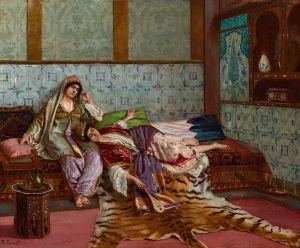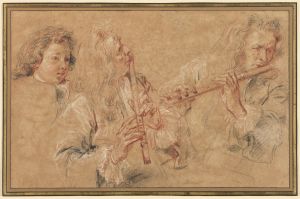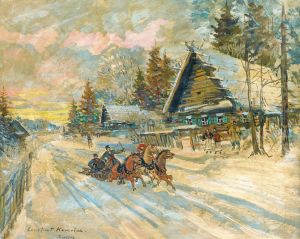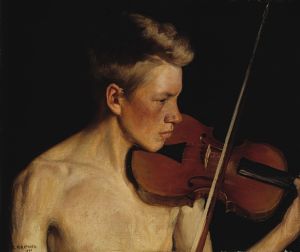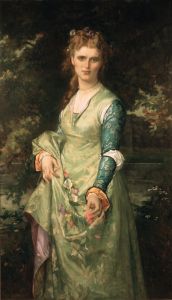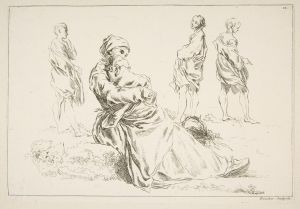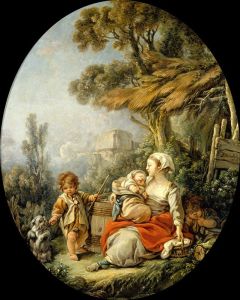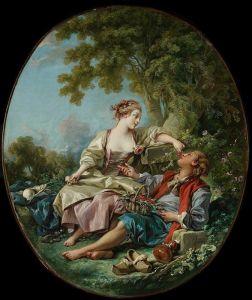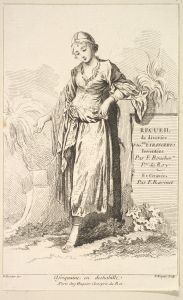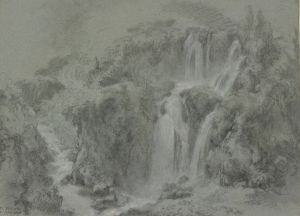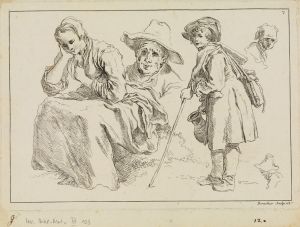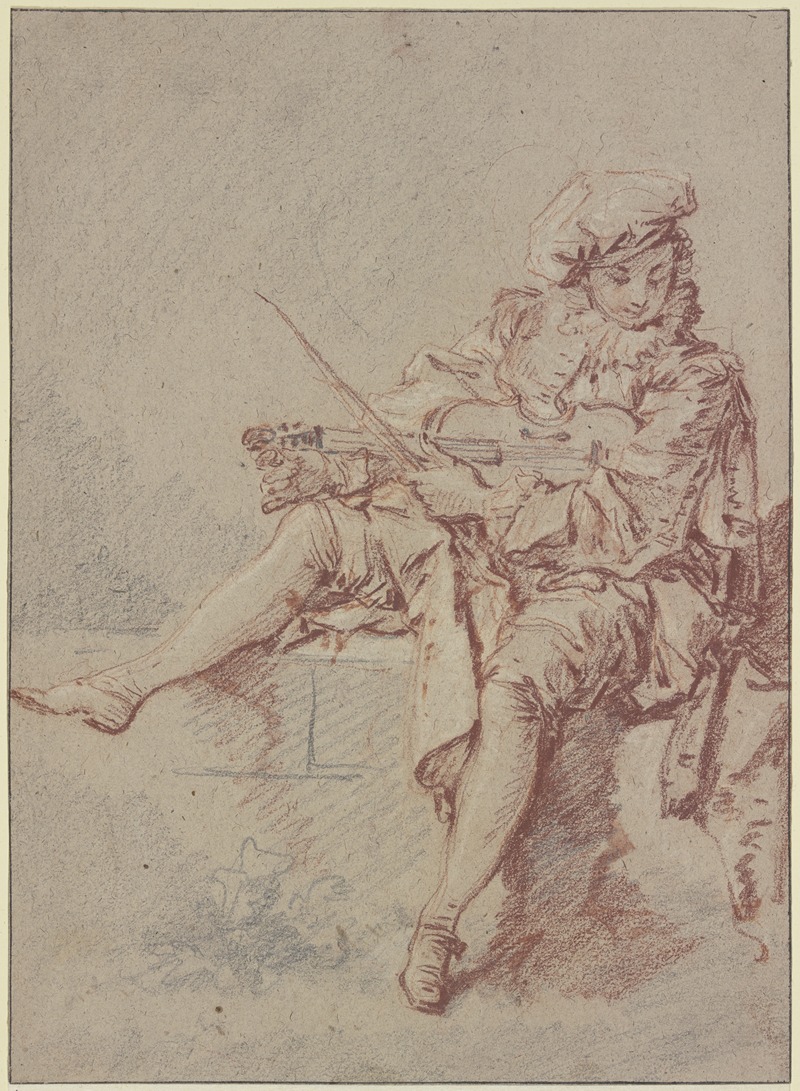
Violinist
A hand-painted replica of François Boucher’s masterpiece Violinist, meticulously crafted by professional artists to capture the true essence of the original. Each piece is created with museum-quality canvas and rare mineral pigments, carefully painted by experienced artists with delicate brushstrokes and rich, layered colors to perfectly recreate the texture of the original artwork. Unlike machine-printed reproductions, this hand-painted version brings the painting to life, infused with the artist’s emotions and skill in every stroke. Whether for personal collection or home decoration, it instantly elevates the artistic atmosphere of any space.
François Boucher, a prominent French painter of the Rococo period, is renowned for his idyllic and voluptuous paintings that often depict classical themes, pastoral scenes, and playful mythological subjects. Among his extensive body of work, "Violinist" is one of the pieces that exemplifies his mastery in capturing the essence of 18th-century French art. However, specific information about a painting titled "Violinist" by François Boucher is not widely documented or recognized in major art historical references.
Boucher's oeuvre is characterized by its light-heartedness, vibrant colors, and intricate detail, often reflecting the tastes and sensibilities of the French aristocracy during the reign of Louis XV. His works frequently feature themes of music and leisure, which were popular subjects in Rococo art, as they embodied the elegance and refinement of the period. Boucher's paintings often include musicians and musical instruments, which serve as symbols of harmony and cultural sophistication.
In the broader context of Boucher's work, music is a recurring motif. He often depicted musicians in pastoral settings, surrounded by nature and other figures engaged in leisurely activities. These scenes were designed to evoke a sense of escapism and idealized beauty, aligning with the Rococo movement's emphasis on pleasure and the pursuit of happiness.
Boucher's influence extended beyond painting; he was also a significant figure in the decorative arts. His designs were used in tapestries, porcelain, and other decorative objects, further cementing his role in shaping the aesthetic of the Rococo era. His patrons included Madame de Pompadour, the official chief mistress of Louis XV, who was a great supporter of the arts and played a crucial role in Boucher's career.
Despite the lack of specific information about a painting titled "Violinist," Boucher's legacy as a painter who celebrated the themes of music and leisure is well-documented. His works continue to be studied and admired for their technical skill, charm, and ability to capture the spirit of 18th-century France. Boucher's art remains a testament to the cultural and artistic values of his time, reflecting both the opulence and the delicate sensibilities of the Rococo period.
In summary, while there is no widely recognized painting by François Boucher specifically titled "Violinist," his body of work frequently includes musical themes, and his contributions to the Rococo style are significant. His paintings are celebrated for their beauty, elegance, and reflection of the leisurely pursuits of the French aristocracy.





